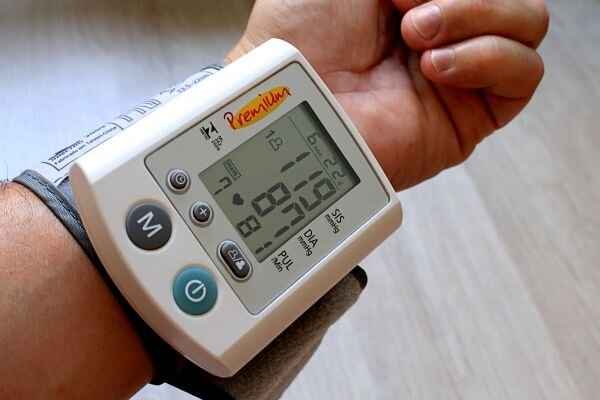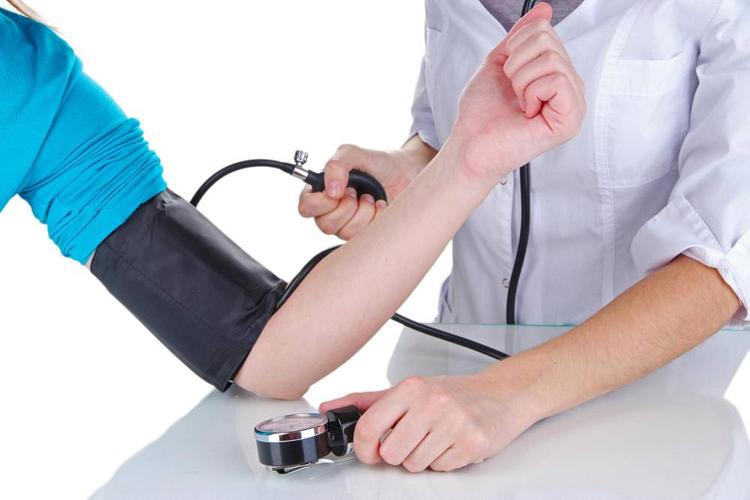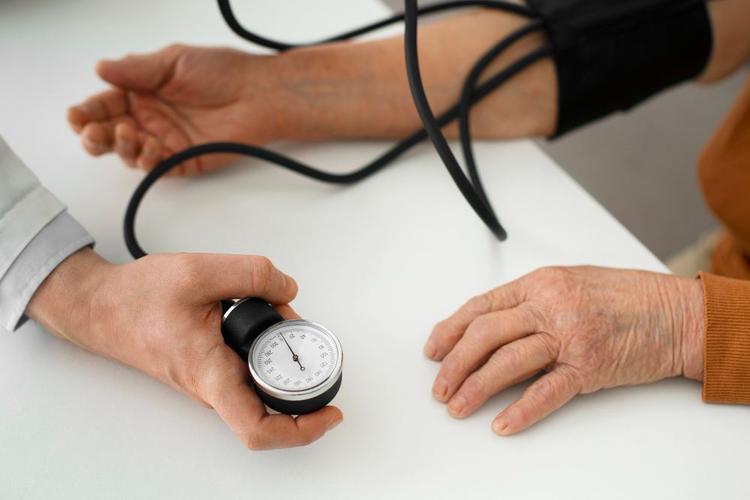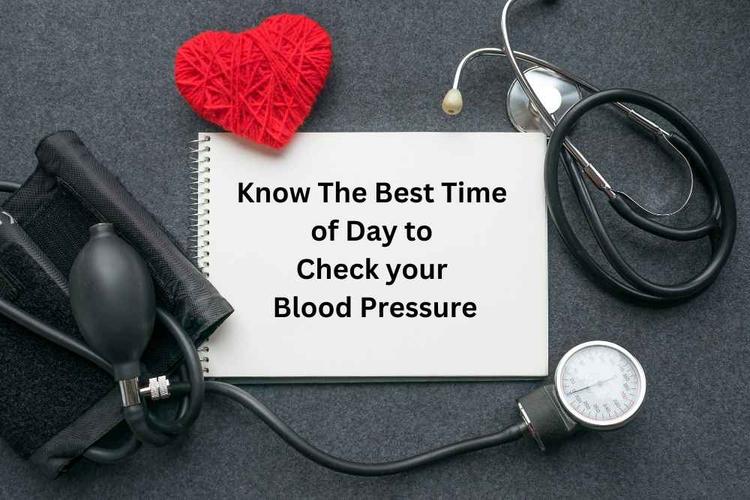Low BP: Normal Range, How to Detect, How to Treat Naturally at Home

Medically Reviewed By
Dr. Ragiinii Sharma
Written By Srujana Mohanty
on Feb 28, 2022
Last Edit Made By Srujana Mohanty
on Jan 8, 2025

Low BP is also known as hypotension. Hypotension is caused due to a decrease in systemic blood pressure. The values for blood pressure below accepted low values is detected as low BP. It is interesting to note that there is no adherence to a universally accepted standard but widely accepted and followed hypotensive value, pressures less than 90/60 is considered as hypotensive. Generally it is observed that hypotension is an undercover condition and it is not diagnosed mainly because it is an asymptomatic condition. Normally it is diagnosed only when another condition is tested for and blood pressure levels are measured as a routine check up. Low blood pressure is of concern when the blood pumping pressure is not sufficient and vital organs are deprived of oxygenated blood.
In this Article
Regulation of blood pressure
The autonomous nervous system plays an important role in regulation of blood pressure. The balance of the sympathetic nervous system and the parasympathetic nervous system is maintained during the regulation of blood pressure. The sympathetic nervous system is known to increase the blood pressure as it causes increase in heart rate by constriction of the arterioles. The parasympathetic nervous system significantly lowers the blood pressure by causing a decrease in the heart rate as relaxation of arterioles results in increase of vessel diameter.
Types of low blood pressure or hypotension
There are two types of blood pressure or Hypotension:
- Absolute hypotension: The blood pressure which is below 90/60 mmHg (millimeters of mercury) is known as absolute hypotension.
- Orthostatic hypotension: If the blood pressure drops within three minutes of the person standing up from a sitting or supine position then it is known as orthostatic hypotension. The drop of blood pressure by 20 mmHg or more (systolic pressure) and 10 mmHg or more for the diastolic (bottom) pressure is considered to be orthostatic hypotension. This type of hypotension is also known as postural hypotension because changes in posture are associated with the hypotension.
Measurement of blood pressure
The measurement of blood pressure involves measuring systolic and diastolic blood pressures.
- Systolic blood pressure: The systolic pressure is the pressure exerted on the arteries whenever the heart beats. In order to measure the systolic pressure the physician uses the mercury based BP apparatus that squeezes the arm. The systolic pressure is when the physician is unable to hear the pulse.
- Diastolic blood pressure: This is the measure of pressure in the arteries between heartbeats. The physician monitors pulse to measure the diastolic pressure when the cluff of the BP apparatus is deflated. Therefore, the diastolic pressure is the measure when the pulse is heard by the physician as the cluff deflates.
Nowadays with the advent of technology, digital blood pressure machines are available that help in easy monitoring of blood pressure.
Symptoms of low blood pressure
As said earlier, low blood pressure is most commonly asymptomatic. But there are certain unnoticed signs that can signal the problem of low blood pressure. This includes lightheadedness and dizziness. Many patients under extremely low pressures are known to have fainting episodes. There are many other associated symptoms which arise due to underlying conditions because of low blood pressure. These associated symptoms include include pain in chest, breathlessness or shortness of breath, arrhythmia or irregular heartbeat, and sometimes fever higher than 101 degrees Fahrenheit, severe to moderate headache, stiff neck and back pain, persistent upper back pain, wet cough, loose motion, nausea, dysuria, tiredness, or vision aberrations.
Factors affecting blood pressure
- Medical history
- Age
- Genetic factors
Difference between low and high blood pressure
Hypotension and hypertension are two opposite conditions.
- Hypertension: Also known as high blood pressure
- Hypotension: Also known as low blood pressure
Treating low blood pressure by dietary and lifestyle changes
Diet plays an important role to help you manage your blood pressure. For maintaining blood pressure it is of significance to monitor your symptoms and your blood pressure to elucidate the dietary changes that help in normalising the low blood pressure.
- It is advised to drink more fluids as dehydration causes a decrease in the volume of blood. This results in blood pressure to decrease than the normal levels. Therefore, it is advised by physicians to drink more fluids. Also, care must be taken to avoid dehydration during workout.
- It is recommended to consume foods high in vitamin B-12. A deficiency in vitamin B-12 is known to cause a certain type of anaemia, which results in low blood pressure and tiredness. The foods that contain a good amount of vitamin B-12 include eggs, meat etc. Vegetarians can include tofu and fortified cereals in their diet to compensate the B-12 deficiency through diet.
- The foodstuffs that are high in folate are known to normalise blood pressure. Deficiency of folate causes anaemia which further causes low blood pressure. The foodstuffs that are rich in folate are asparagus (shatavari), beans, lemon, oranges, leafy green vegetables and eggs.
- Salt causes an increase in blood pressure so it is advised to hypertension patients to cut down the salt consumption. Low blood pressure patients can eat natural salt containing foodstuffs like cottage cheese and olives.
- Caffeine is known to increase blood pressure. So if the low blood pressure suddenly drops down, coffee can elevate the blood pressure by increasing the blood circulation.
Low blood pressure and pregnancy
The effect of low blood pressure on pregnant women and the effect on the developing foetus is one of the most discussed topics by the medical fraternity. Various studies have depicted that low blood pressure is known to have a negative effect on pregnant women. In pregnant women certain physiologic and pathophysiologic changes during pregnancy cause change in bodily functions which results in lowering blood pressure. It is observed that certain symptoms are known to manifest more frequently along with low blood pressure, but these symptoms also disappear at the end of pregnancy. It is known that physiologically the blood pressure is observed to decrease as mid pregnancy progresses and a rise is seen in preconceptional values. The other factor is birth weight, that was directly related to low blood pressure during pregnancy. There is an association between low blood pressure and poor perinatal outcomes which is evidence based. Also, various studies have proved that low blood pressure is one of the major risk factors in pregnancy. A direct correlation is observed between the change in average arterial blood pressure during late pregnancy (in standing position) and birthweight of the baby. It is observed that patients with pressure falls on standing have delivered babies with low birth weight.
Conclusion
Low blood pressure or hypotension is generally an asymptomatic condition unless detected due to some comorbid condition. There are numerous causative factors for low blood pressure. The low blood pressure can be treated by physicians by proper drug based treatment along with dietary and lifestyle modifications by the patient.



